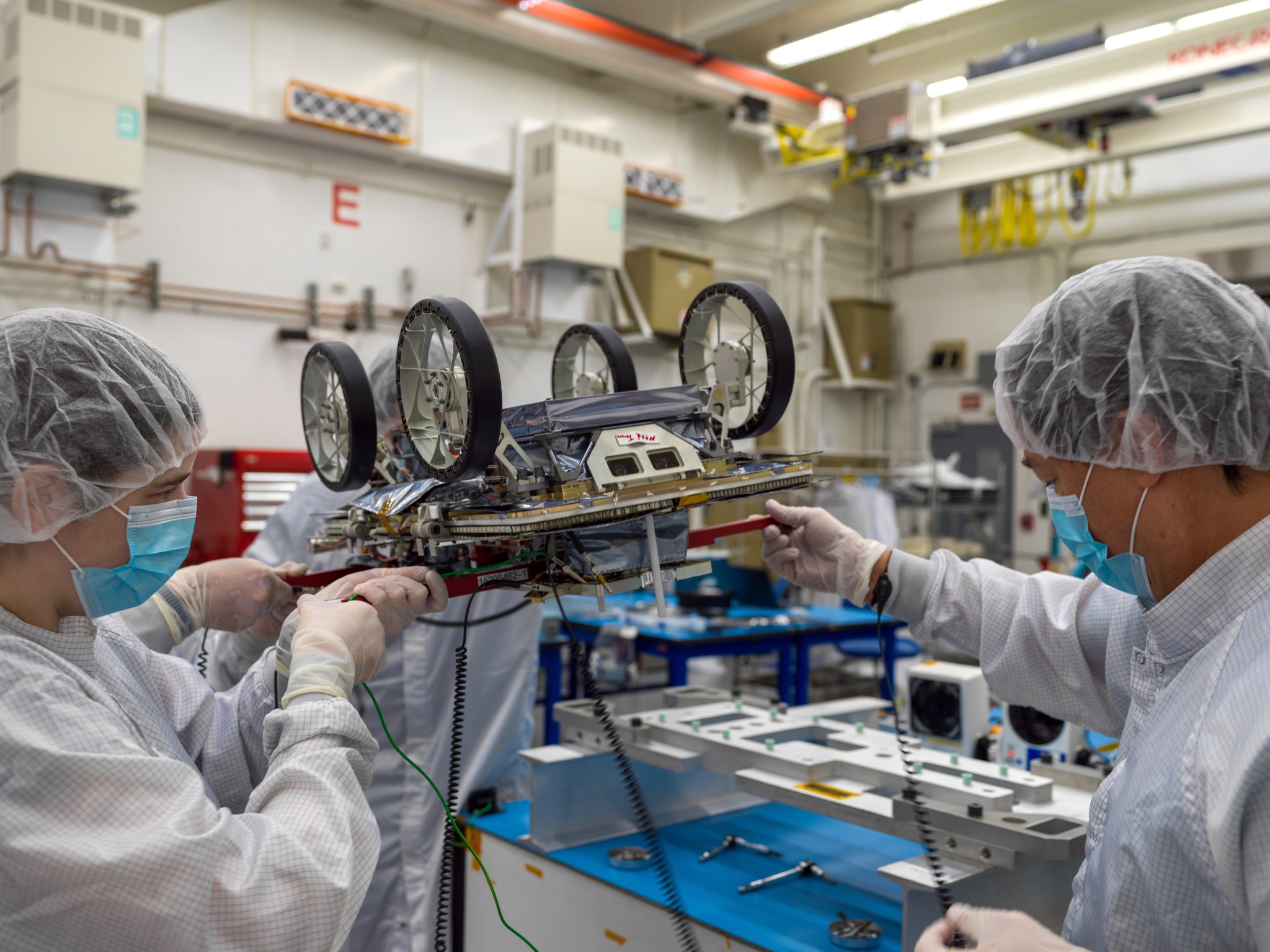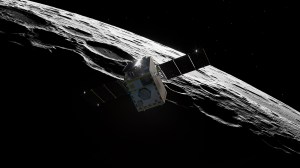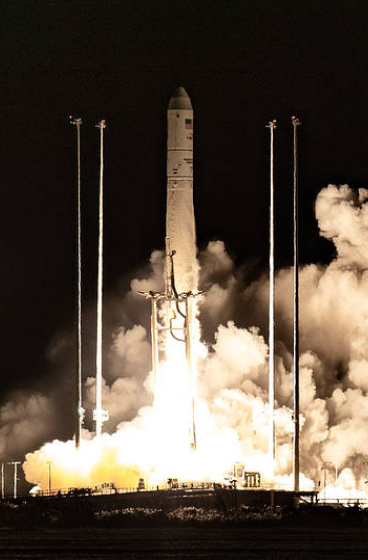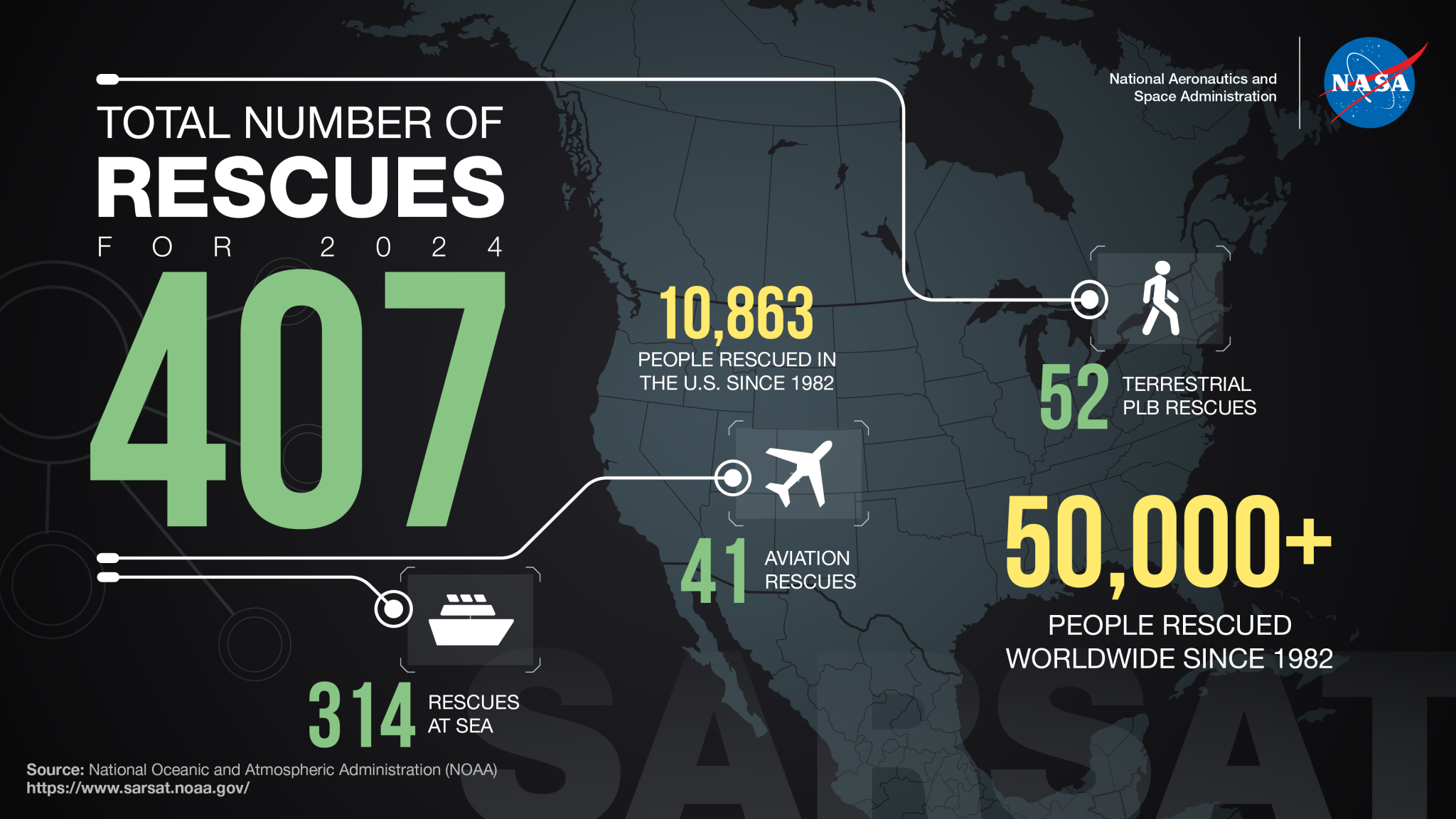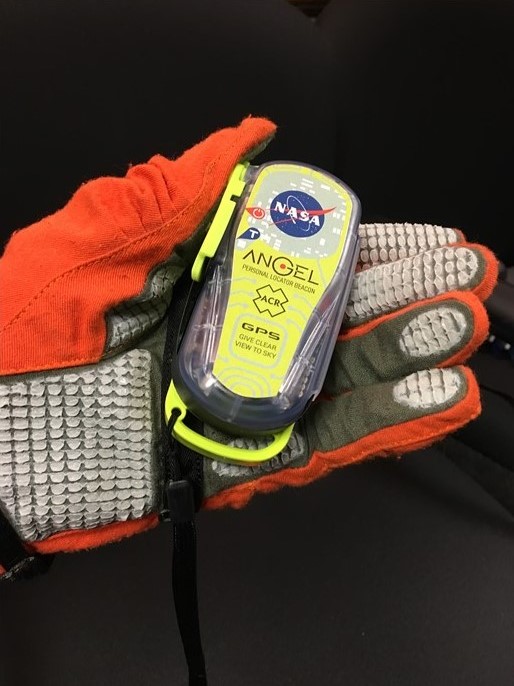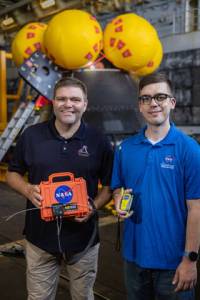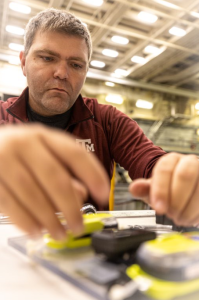FCC chair brings receipts on Biden admin’s ‘expertise in incompetence’ in blistering message to Buttigieg
Federal Communications Commission Chair Brendan Carr slammed former Transportation Secretary Pete Buttigieg for claiming Trump administration "incompetence" is putting Americans "at risk," pointing to a multi-billion dollar project under the Biden administration that he said yielded no results.
"You worked for an Administration that got $42 billion to connect millions of Americans to the Internet," Carr said in an X post on Saturday responding to Buttigieg. "1,163 days later, that Admin exited without connecting even 1 person & without turning even 1 shovel worth of dirt."
"If we need expertise in incompetence, will reach out," he added, accompanied by the peace sign emoji.
Carr was responding to a message Buttigieg posted on Friday that took issue with the Department of Government Efficiency, which has become a common target of Democrats as Elon Musk and the DOGE team work through federal government agencies in its quest of extinguishing government fraud and overspending.
FCC COMMISSIONER HITS BIDEN ADMIN FOR $42 BILLION IN UNSPENT HIGH SPEED INTERNET FUNDS
"Incompetence in Washington puts every American at risk, no matter how you voted. No one should be happy that the DOGE team - the same folks who randomly published classified U.S. security information online today - wants access to your bank account & Social Security numbers," Buttigieg posted to X on Friday, referring to accusations DOGE posted classified information to its website, which the White House has refuted.
FCC LAUNCHES PROBE INTO NBC NEWS PARENT COMCAST ‘TO ROOT OUT INVIDIOUS FORMS OF DEI DISCRIMINATION’
The Biden administration in 2021 approved a $42.5 billion provision in the Infrastructure Investment and Jobs Act that was directed to a program intended to deliver internet to underserved and rural areas of the nation. Four years later, however, the program has not connected users to the internet, the Washington Policy Center found in a report last year.
States were required to submit plans to the federal government by 2023 related to the investment and deployment of the internet services. Former President Joe Biden, upon the states submitting their plans, celebrated the internet initiative as similar to former President Franklin Delano Roosevelt's 1936 Rural Electrification Act, which brought electricity to homes nationwide.
"What we’re doing is, as I said, not unlike what Franklin Delano Roosevelt did when he brought electricity to nearly every American home and farm in our nation. Today, Kamala and I are making an equally historic investment to connect everyone in America — everyone in America to high-speed Internet by — and affordable high-speed Internet — by 2030," Biden said at the White House in June of 2023.
Carr has frequently taken issue with the $42.5 billion program, including citing it in X posts before President Donald Trump's election win in November, and the president subsequently appointing the Republican FCC commissioner as chair of the government agency.
"In 2021, the Biden Administration got $42.45 billion from Congress to deploy high-speed Internet to millions of Americans," wrote on X back in June "Years later, it has not connected even 1 person with those funds. In fact, it now says that no construction projects will even start until 2025 at earliest."
Carr explained to Fox Business back in June that while the funds were allocated to states to deliver internet services through the program, the Biden administration was at fault for the lack of progress.
"There's no question that the 2021 law put some process in place, but the Biden administration decided to layer on top of that a Byzantine additional set of hoops that states have to go through before the administration will approve them to actually get these funds and start completing the builds," Carr told FOX Business in an interview in June.
He added that while some high-speed internet projects had connected people during the Biden administration, none were funded through the $42.5 billion allocation from the Broadband Equity, Access, and Deployment program.
Fox News Digital's Breck Dumas contributed to this report.



